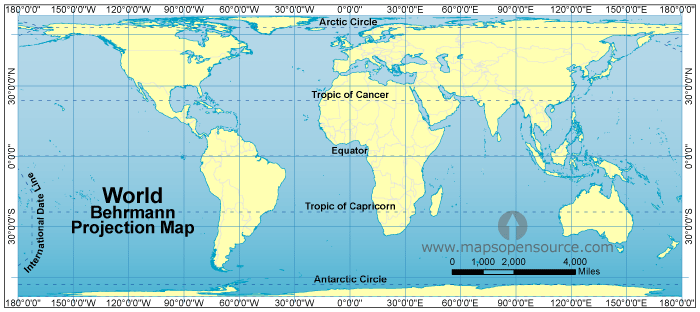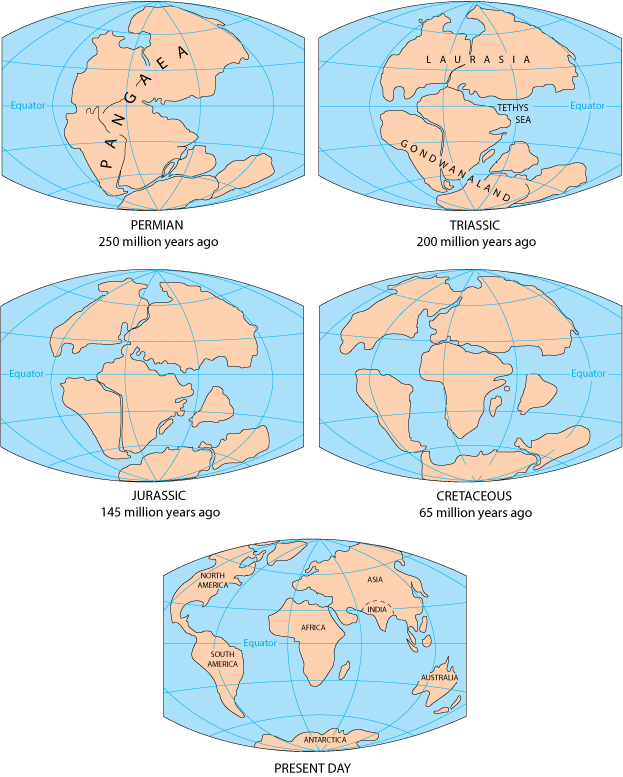8.1: Continental Drift
- Page ID
- 12992

When you view a map of the earth, what do you notice about the shape of the continents? Many people notice that the continents seem like they could fit together, especially when you look at the coasts of the Americas and the coasts of Europe and Africa. This can be explained by the Theory of Plate Tectonics. In simple terms, the Theory of Plate Tectonics states that the earth is made up of plates that move in relation to one another.
The Theory of Plate Tectonics began as an idea called continental drift. Continental drift was first conceived by scholars and philosophers named Francis Bacon, George Buffon, and Alexander von Humboldt. However, it was Alfred Wagener, a meteorologist and geophysicist presented the complete explanation of continental drift in 1912. Continental drift stated that the continents once fit together but had drifted apart after millions of years. The continents, now far apart, showed similar characteristics in sediment, rock formation, and vegetation. This supported the idea that they were one landmass in the past. Wegener named the landmass Pangaea, which means "all the earth" in Greek.

According to the continental drift, the supercontinent Pangaea began to break up about 225-200 million years ago, eventually fragmenting into the continents as we know them today.
Under the Earth’s crust there are a series of plates that move and collide with each other causing landmasses on the Earth’s surface to shift and drift. Our continents will continue to move and in the future (millions of years) will be in completely different location’s on the earth. Alfred Wegener supported his explanation of continental drift with evidence of fossils, mountain ranges, and patterns of glaciation. While Wegener called the supercontinent Pangea, he called the super ocean Panthalassa, which means "all ocean" in Greek.
There were problems with Wegener's continental drift explanation, which were corrected when a more thorough explanation called Plate Tectonics was presented in the 1960s.

